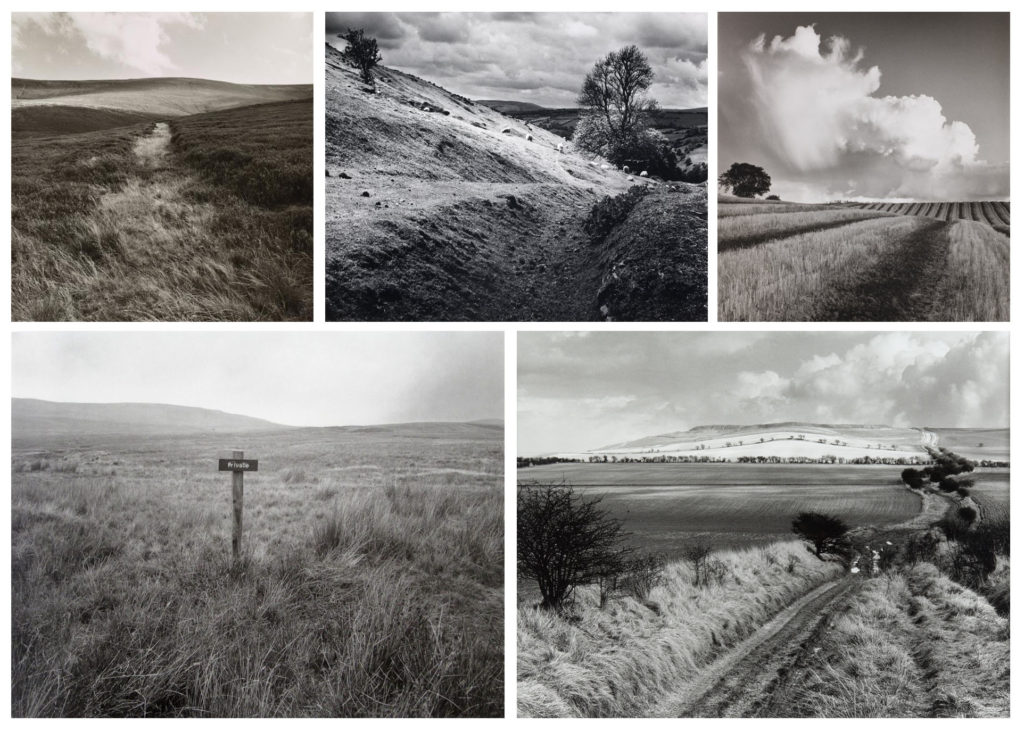Fay Godwin

Fay Godwin (17 February 1931 – 27 May 2005) was a British photographer known for her black-and-white landscapes of the British countryside and coast. She produced portraits of dozens of well-known writers, photographing almost every significant literary figure in 1970’s and 1980’s England, as well as numerous visiting foreign authors. Fay said, ‘My way into photography was through family snaps in the mid-1960s. I had no formal training, but after the snaps came portraits, reportage, and finally, through my love of walking, landscape photography, all in black and white. A Fellowship with the National Museum of Photography in Bradford led to urban landscape in colour, and very personal close-up work in colour has followed.’ After the publication of her first books, she was a prolific publisher, working mainly in the landscape tradition to great acclaim and becoming the nations most well-known landscape photographer. Her early and mature work was informed by the sense of ecological crisis present in late 1970’s and 1980’s England.
Image Analysis

In this image Godwin has used the natural lighting as the image has been captured in an outdoor environment. In this particular image there are a range of tones, varying from dark shades in the grass and bright, almost white tones in the sky and clouds. In addition, the photograph being taken in black and white sharpens the contrast between colours in the image. Although this image has dark and light tones in it, neither are exactly black or white they are just darker and lighter. This leaves the image feeling more natural and untouched, where as if it was edited where the dark parts of the image were fully black it wouldn’t look like an image of nature. To capture this image Godwin has positioned herself in the middle of the path, which has lead to the leading lines that are presented to the viewer, creating a singular focal point. The focal point in this image is very clearly where the pathway meets the hill in the background and looks as though it ends. The way she has positioned herself to take this image also places the end of the path in the middle of the photograph , which again draws the viewers eyes to this particular point in the image.
